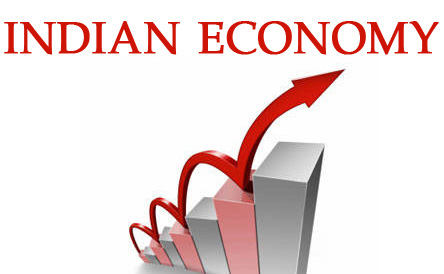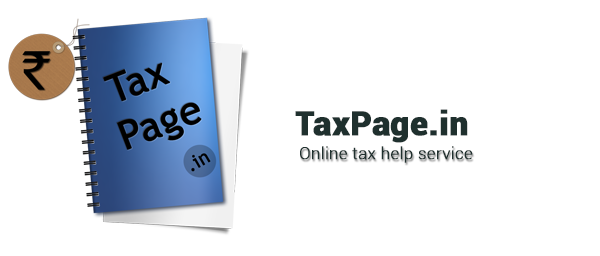 Many economists and experts have appreciated the candid posture of this year’s Economic Survey and hoped the recommendations made in it would be reflected in the national budget to be presented by Finance Minister Arun Jaitley on Monday.
Many economists and experts have appreciated the candid posture of this year’s Economic Survey and hoped the recommendations made in it would be reflected in the national budget to be presented by Finance Minister Arun Jaitley on Monday.
- The Economic Survey has highlighted that India’s potential growth rate is in the range of 8-10 percent and achieving the same requires a push in three critical areas which are promoting entrepreneurship and reducing the role of the state, higher investments in health and education, and greater focus on agriculture.
- Government’s commitment to carry the reform process forward is highly encouraging and indicates that the double-digit growth trajectory is not far away. However, lot needs to be done in the ease of doing business as the economy is moving from socialism to marketism without exit policy. Creating a more captive environment would be critical to address the exit problem which affects the performance of businesses and economy.
- While the growth-range forecast of 7 to 7.75 per cent for 2016-17 is lower than earlier projections, however, looking at the current global economic scenario, it is significant. Addressing key problems such as scaling up investment, downsizing subsidies, creating a predictable and clean tax policy environment, and quickening disinvestment might need to be the milestones in the short-term road map for the Indian economy.
- The 2016-17 numbers are realistic when seen against the backdrop of a slower global economy. We also believe that, these numbers have discounted the potential impact of any sharp rise in crude prices. The inflation rate in 2016-17 is pegged at 4.5-5 percent which, we believe is reasonable, in the light of low commodity prices and flattish growth projected in 2016-17.
- The economic survey 2016:
- https://drive.google.com/file/d/0B-V-kW_f9jFKdjZIY2hTcG5WTGc/view
- https://drive.google.com/file/d/0B-V-kW_f9jFKMUJLeHBOVlZGTE0/view
During the NDA regime, manufacturing has emerged as one of the high focused sectors in India. Amid stagnant global trade, subdued investment and heightened global uncertainty, India continues to be the fastest-growing economy in the world.
Emphasis continues to be on promoting manufacturing in India eg: ‘Make in India’, ‘Start-up India’, ‘Skill India’ etc are the steps in that direction.
Even with some deceleration, it is still likely to be around 7 per cent after the effect of demonetisation. While the sudden decline in money supply and a simultaneous increase in bank deposits on account of demonetisation is likely to adversely impact consumption demand in short term.
Post demonetisation, Budget 2017-18 is going to be a litmus test for the Government to address the expectations of corporates, small and medium industries and the common man given the cash crunch in the market.
“This year is expected to see some convergence in rural and urban economies, supported by stimulating policies, such as passage of GST and civil pay revisions, along with good monsoons,” the report said.
